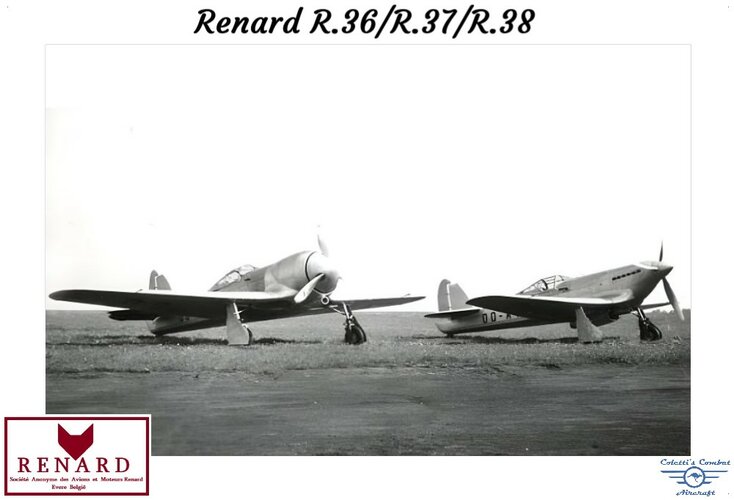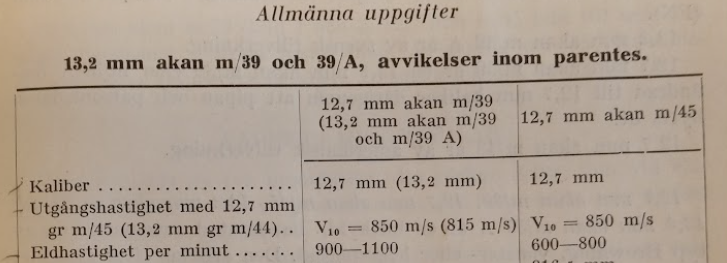Pasoleati
I really should change my personal text
- Joined
- 29 June 2012
- Messages
- 496
- Reaction score
- 167
A fighter for rough conditions for low and medium altutudes
Specs:
-R-1820 H-series with water injection (1475 hp)
-wing area perhaps around 19-20 sq.m.
-Fowler flaps with a maneouver setting actuaed by a stick switch
-fuel load some 600 litres
-armament 2 x 20 mm cannon
-undercarriage suitable for fields
I began thinking this idea after pondering two issues:
1. The Finnish Myrsky development was hampered by the indecision between speed and turn and in VL's designers' limited minds it was basically a question of wing area, no consideration being given to e.g. efficient manoeuvre flaps.
2. In Finnish service the availability rates of aircraft was much higher with air-cooled radials vs. liquid-cooled ones.
3. Ruggedness of general construction is of great importance. Especially that of the undercarriage.
Specs:
-R-1820 H-series with water injection (1475 hp)
-wing area perhaps around 19-20 sq.m.
-Fowler flaps with a maneouver setting actuaed by a stick switch
-fuel load some 600 litres
-armament 2 x 20 mm cannon
-undercarriage suitable for fields
I began thinking this idea after pondering two issues:
1. The Finnish Myrsky development was hampered by the indecision between speed and turn and in VL's designers' limited minds it was basically a question of wing area, no consideration being given to e.g. efficient manoeuvre flaps.
2. In Finnish service the availability rates of aircraft was much higher with air-cooled radials vs. liquid-cooled ones.
3. Ruggedness of general construction is of great importance. Especially that of the undercarriage.


